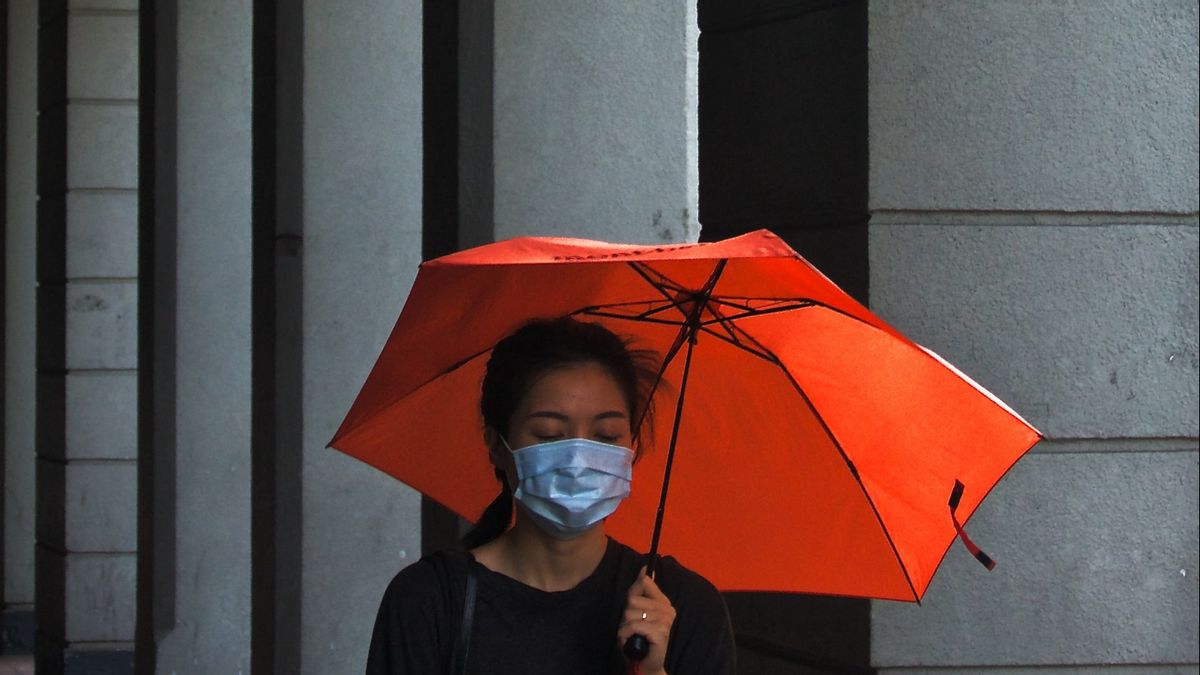JAKARTA - China rejected a study from Harvard Medical School regarding the finding that the new coronavirus may have spread in China since August 2019. However, Harvard scientists also said the findings did not provide convincing evidence about when the COVID-19 outbreak began.
The research from Harvard has not yet been reviewed by other scientists to launch Reuters on Thursday, June 11. The study used satellite images of a hospital parking area in Wuhan and data for symptom-related questions on internet search engines for things like 'cough' and 'diarrhea'.
The study authors said increased hospital traffic and symptom search data in Wuhan predated the start of the COVID-19 pandemic. The COVID-19 pandemic began in December 2019.
"While we cannot confirm whether the increased volume is directly related to the new virus, our evidence supports another recent work showing that the emergence occurred prior to identification in the seafood market in Huanan (in Wuhan)," said the report.
Paul Digard, a virologist at the University of Edinburgh, praises the way the research is carried out. He said that using search engine data and satellite images of hospital traffic to detect disease outbreaks "is an interesting idea with some validity."
However, Digard said the data was only correlative and could not identify a cause. "This is an interesting piece of work, but I don't believe it takes us further forward," said Keith Neal, a professor of infectious disease epidemiology at the University of Nottingham, UK.
Chinese Foreign Ministry spokesman Hua Chunying questioned the research while holding a press conference. He said that drawing conclusions based on observations from search and hospital traffic data was superficial and ridiculous.
Harvard research, uploaded as preprint, showed a sharp increase in hospital car park occupancy in August 2019. "In August, we identified a unique increase in searches for 'diarrhea' that did not occur in the previous flu season or was reflected in cough (word) search data). , "he said.
Digard cautioned that by focusing only on hospitals in Wuhan, which were already recognized as centers of the spread, this study "imposes a correlation." "It would be interesting and perhaps much more convincing, to see an analysis of the control of other Chinese cities outside the Hubei region," added Digard.
Eric Topol, director of the Scripps Research Translational Institute, said the research method was not validated and was "extremely imprecise." Topol, who was not involved in the research, said he doubts the outbreak started in August, based on the evidence he has seen so far.
Topol and other scientists have other findings. He provided genetic evidence that showed the virus made the jump from an animal host to humans sometime ago in autumn, or around September.
"I don't know what happened in early August," said Dr. Amesh Adalja, an infectious disease specialist at the Johns Hopkins Center for Health Security who was not involved in the study.
"Obviously this has been spreading for some time before being recognized and reported to the World Health Organization in December," he concluded.
Meanwhile, after China reopened its activities, China's National Health Commission said that there were 3 new cases of COVID-19 as of Wednesday, June 10. This case is an imported case, in which the sufferers previously traveled abroad.
In addition, there are no new reports of deaths from COVID-19 in China. China has officially reported a total of 4,634 deaths among 83,046 COVID-19 cases since the virus was first detected in Wuhan.
The English, Chinese, Japanese, Arabic, and French versions are automatically generated by the AI. So there may still be inaccuracies in translating, please always see Indonesian as our main language. (system supported by DigitalSiber.id)













